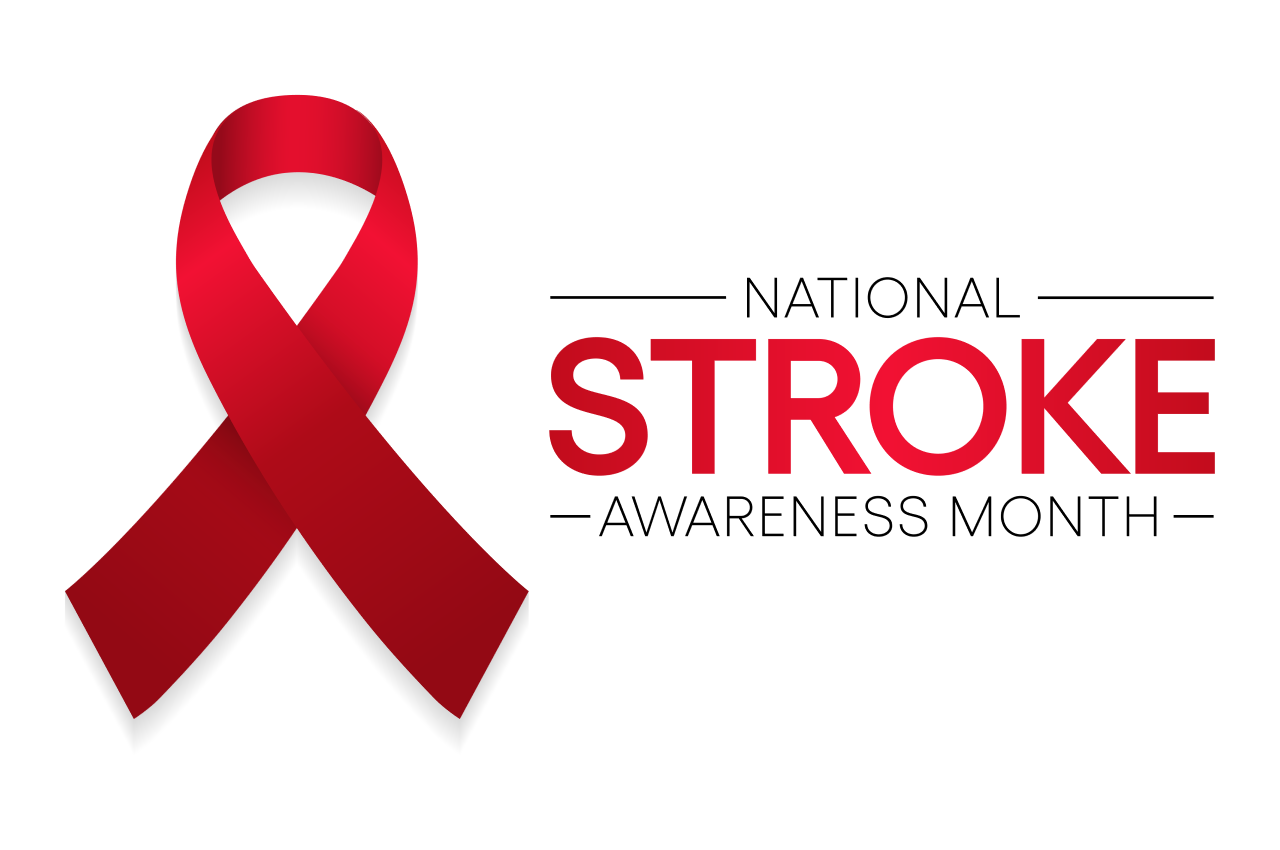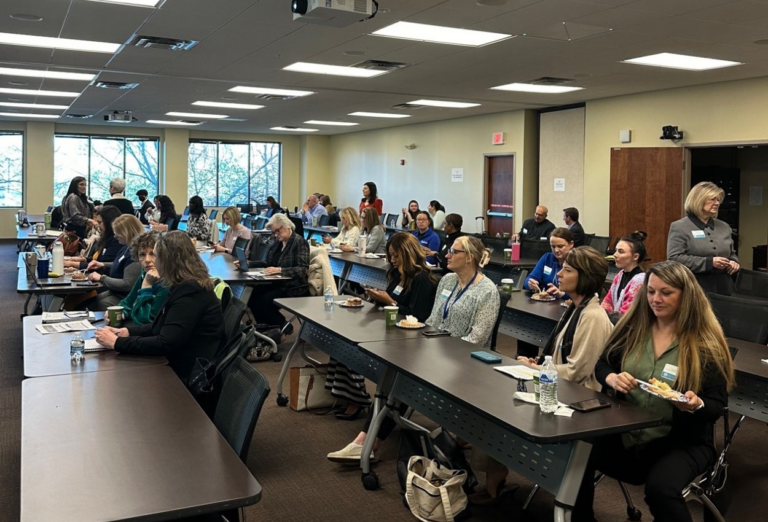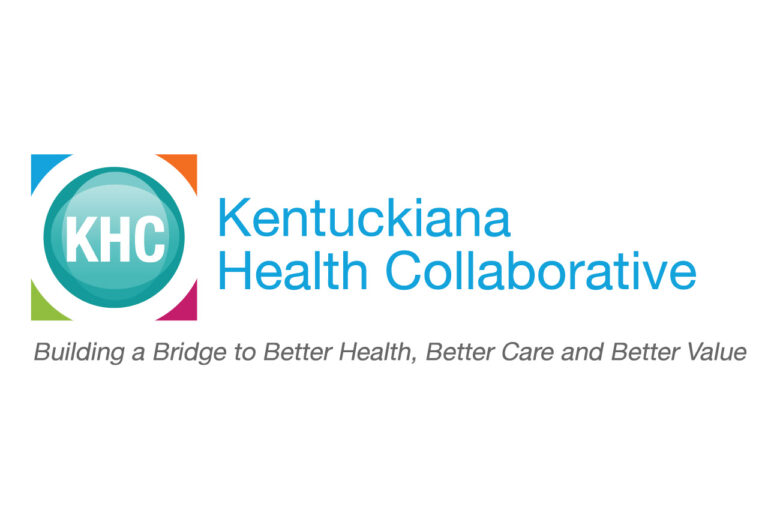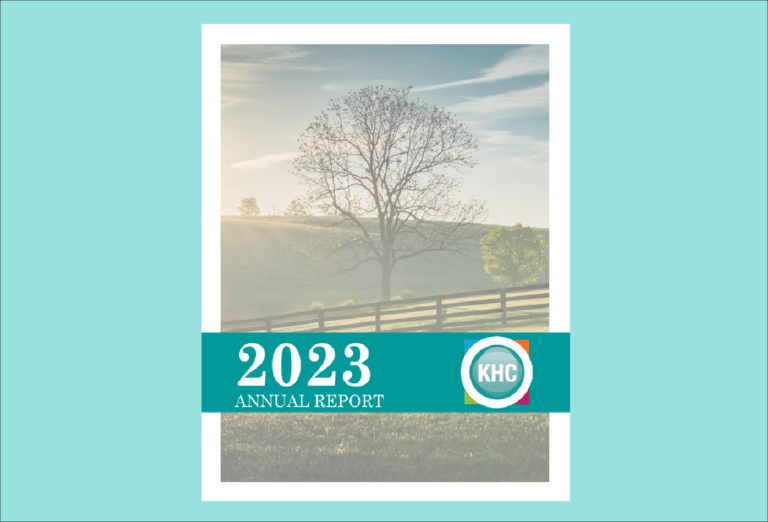National Stroke Awareness Month began in May 1989 and was created to promote public awareness and reduce the incidence of stroke in the United States. While many things have changed for the better in the last 32 years around stroke care, no one at the time of its creation could foresee what we have gone through in the last year alone. This year the American Heart Association (AHA) is asking people to share stories and images on social media using the hashtag #RelentlessTogether, and use @American_Heart so they don’t miss what you shared.
The Kentucky Heart Disease and Stroke Prevention Program
The Kentucky Heart Disease and Stroke Prevention (KHDSP) Program, headquartered in Frankfort, is funded through a federal grant from the Centers for Disease Control and Prevention (CDC). The KHDSP Program, in collaboration with the Kentucky Heart Disease and Stroke Prevention Task Force, has created a state action plan (the fourth iteration) to address the burden of heart disease and stroke in the Commonwealth.
The mission of the KHDSP Program is to provide public health leadership to improve cerebrovascular and cardiovascular health for all Kentuckians. The KHDSP Program focuses on five CDC strategies:
- To promote the adoption and use of electronic health records (EHR) and health information technology (HIT) to improve provider outcomes and patient health outcomes related to identification of individuals with undiagnosed hypertension and management of adults with hypertension
- Support engagement of non-physician team members (e.g., nurses, nurse practitioners, pharmacists, nutritionists, physical therapists, social workers) in hypertension and cholesterol management in clinical settings
- Develop a statewide infrastructure to promote sustainability for community health workers (CHWs) to promote management of hypertension and high blood cholesterol
- Facilitate use of self-measured blood pressure monitoring (SMBP) with clinical support among adults with hypertension
- Implement systems to facilitate systematic referral of adults with hypertension and/or high blood cholesterol to community programs/resource
The primary initiative supported by the KHDSP Program and promoted by the KHDSP Task Force is the Cardiovascular Assessment, Risk-reduction, and Education (CARE) Collaborative.
The CARE Collaborative is a free blood pressure awareness program that aims to increase the number of people who are acting to self-manage elevated blood pressure through appropriate counseling about health behaviors and/or lifestyle change. The CARE Collaborative is for Kentucky men and women over the age of 18 and provides an educational encounter that focuses on education and lifestyle changes.
Since its inception in 2008 through December 2020, there have been 585,299 educational encounters to reduce cardiovascular risk and control blood pressure. The CARE Collaborative program is being utilized by partners statewide as a component of Kentucky’s Million Hearts initiative.
The CARE Collaborative program can be implemented in traditional health promotion and prevention settings such as local health departments and community-based organizations and events. It is more frequently implemented at the provider level to improve and track health outcomes for patients with high blood pressure. Currently, 26 organizations are using the CARE Collaborative (including special projects) including health departments, federally qualified health centers, private clinics, hospital-based clinics, worksite wellness, churches, and community health worker programs.
The CARE Collaborative is incorporated into several KHDSP Partner’s Self-Monitoring Blood Pressure (SMBP) projects across Kentucky. Those partners that incorporate the CARE Collaborative into their SMBP programs receive some funding from the CDC’s #1815 Improving the Health of Americans Through Prevention and Management of Diabetes and Heart Disease and Stroke Grant. Some of the programs receiving funding are:
- CARE Direct – a telephonic SMBP program with medical nutrition therapy at the Green River District Health Department
- Hypertension and Cardiovascular Risk (HTN) Clinic – a hypertension management pharmacy-based SMBP clinic at a Federally Qualified Health Center (FQHC), Family Health Center
- CARE Works – a worksite SMBP program for merchant marine boat, trucking, and manufacturing workers, a partnership with Purchase District Health Department and HealthWorks Medical, LLC
- Big Sandy CAREs – an internal SMBP referral to the Big Sandy Health Care’s Community Health Worker Program
Stroke by the Numbers
Stroke is a leading cause of serious long-term disability and the fifth leading cause of death in the United States. Stroke reduces mobility in more than half of stroke survivors age 65 and over.8 In 2018, 1 in every 6 deaths from cardiovascular disease was due to stroke1. Every year more than 795,000 people in the United States have a stroke6 and strokes kill more than 140,000 people nationwide1 and 2,296 citizens of Kentucky annually.2 Stroke risk increases with age, but strokes can—and do—occur at any age. In 2009, 34% of people hospitalized for stroke were less than 65 years old.3
While stroke is a leading cause of death for Americans, the risk of having a stroke varies with race and ethnicity. The risk of having a first stroke is nearly twice as high for people who are Black as for people who are white,8 and people who are Black have the highest rate of death due to stroke.7 Though stroke death rates have declined for decades among all race/ethnicities, Hispanic people have seen an increase in death rates since 2013.7
Someone in the United States has a stroke every 40 seconds. Every 4 minutes, someone dies of a stroke.8 Three predominant factors affect a person’s risk of stroke:
- High cholesterol is a risk factor for stroke and 52.1% of adults 55-64 years old and 56.0% of adults 65 years and older in Kentucky have high cholesterol3.
- High blood pressure is the leading risk factor for stroke and 56.3% of adults 55-64 years old and 67.7% of adults 65 years and older in Kentucky have high blood pressure4.
- Approximately 23.6% of the adults in Kentucky5 report smoking cigarettes every day, or some days, which increases the likelihood for major cerebrovascular events.
The Road to Improvement – What Can We Do To Improve
Year in and year out, heart disease and stroke are the top two causes of death worldwide. The American Heart Association® started a campaign, Don’t Die of Doubt™, to encourage people to continue to seek treatment during the COVID-19 pandemic. Although COVID-19 has changed the world, it hasn’t changed the fact that hospitals are the safest place to be if there’s a heart attack, stroke, or other medical emergencies. Delaying the 911 call that gets you to the hospital can be dangerous – even deadly. For more information, visit www.heart.org/en/health-topics/dont-die-of-doubt
Kentuckians are urged to talk to their healthcare provider about reducing their stroke risk, controlling high blood pressure and cholesterol, adding physical activity to their daily routine, and abstaining from tobacco products.
Kentuckians are also urged to B.E. F.A.S.T. for stroke. If you or someone you know are experiencing the symptoms of a stroke that came on suddenly, remember B.E. F.A.S.T. and call 911 immediately!
Balance: Trouble walking? Loss of balance or coordination, dizziness.
Eyes: Trouble seeing? Change in vision in one or both eyes.
Face: Smile uneven? Face looks uneven, droopy, or is numb.
Arms: Raise both arms. Does one drop? Weakness or numbness in one arm or leg.
Speech: Trouble speaking or confused? Slurred or difficult speech.
Time: Time lost = Brain lost. Note the time symptoms start and call 9-1-1 immediately.
CDC’s Division for Heart Disease and Stroke Prevention (DHDSP) has created a Stroke Communications Kit to assist health professionals in educating the public about stroke. This communications kit can help audiences understand the basics of stroke, including signs and symptoms, the importance of a F.A.S.T. response during a stroke, and treatment. Remember, when it comes to stroke, every minute counts. Recognize the Signs and Symptoms of Stroke and act F.A.S.T. to help stroke patients get the treatment they need to survive and reduce damage to the brain. Help DHDSP spread awareness by sharing these messages and resources on your social media pages (#StrokeMonth).
KHDSP supports the Kentucky Revised Statutes
The Kentucky Heart Disease and Stroke Prevention Program provides program support, oversight, and monitoring of two Kentucky statutes:
KRS 211.575 requires any hospital seeking to become a Primary Stroke Center in Kentucky to be accredited by the Joint Commission on Accreditation of Hospitals (JCAHO) or another cabinet-approved nationally recognized organization that provides disease-specific certification for stroke care; suspend or revoke a designation if certification is withdrawn; promulgate administrative regulations to establish criteria for designation. The Kentucky Department for Public Health (KDPH) is also required to establish and implement a plan to address continuous quality improvement for stroke care and to provide an annual report to the Governor and the Legislative Research Commission.
KRS 216B.0425 requires the Cabinet for Health and Family Services (CHFS) to maintain a list of acute stroke-ready hospitals, comprehensive stroke centers, and primary stroke centers and post the list on its website. CHFS is also required to provide the list to the Kentucky Board of Emergency Medical Services and requires the board to provide the list to local emergency medical services providers.
The Kentucky Heart Disease and Stroke Prevention (KHDSP) Program, is focused on addressing the burden of heart disease and stroke in the Commonwealth. If you have any questions about the KHDSP Program or the CARE Collaborative, email KHDSP@KY.GOV or call 502-564-7996, extension #4400.
Source Notations for above statistics:
- Centers for Disease Control and Prevention. Underlying Cause of Death, 1999–2018. CDC WONDER Online Database. Atlanta, GA: Centers for Disease Control and Prevention; 2018. Accessed April 7, 2021.
- Centers for Disease Control and Prevention, 2019, https://wonder.cdc.gov, Stroke Mortality by State
- High Blood Cholesterol Prevalence, by Age Group, 2019 KyBRFS (Kentucky Behavioral Risk Factor Surveillance)
- Hypertension Prevalence by Age Group, 2019 KyBRFS
- Current Smoker Prevalence, 2019 KyBRFS
- Virani SS, Alonso A, Benjamin EJ, Bittencourt MS, Callaway CW, Carson AP, et al. Heart disease and stroke statistics—2020 update: a report from the American Heart Association. Circulation. 2020;141(9):e139–e596.
- Underlying Cause of Death, 1999–2018. CDC WONDER Online Database. Atlanta, GA: Centers for Disease Control and Prevention; 2018. Accessed March 12, 2020.
- Virani SS, Alonso A, Benjamin EJ, Bittencourt MS, Callaway CW, Carson AP, et al. Heart disease and stroke statistics—2020 update: a report from the American Heart Association. Circulation. 2020;141(9):e139–e596.






